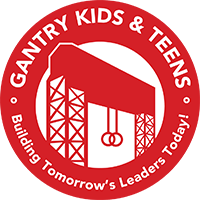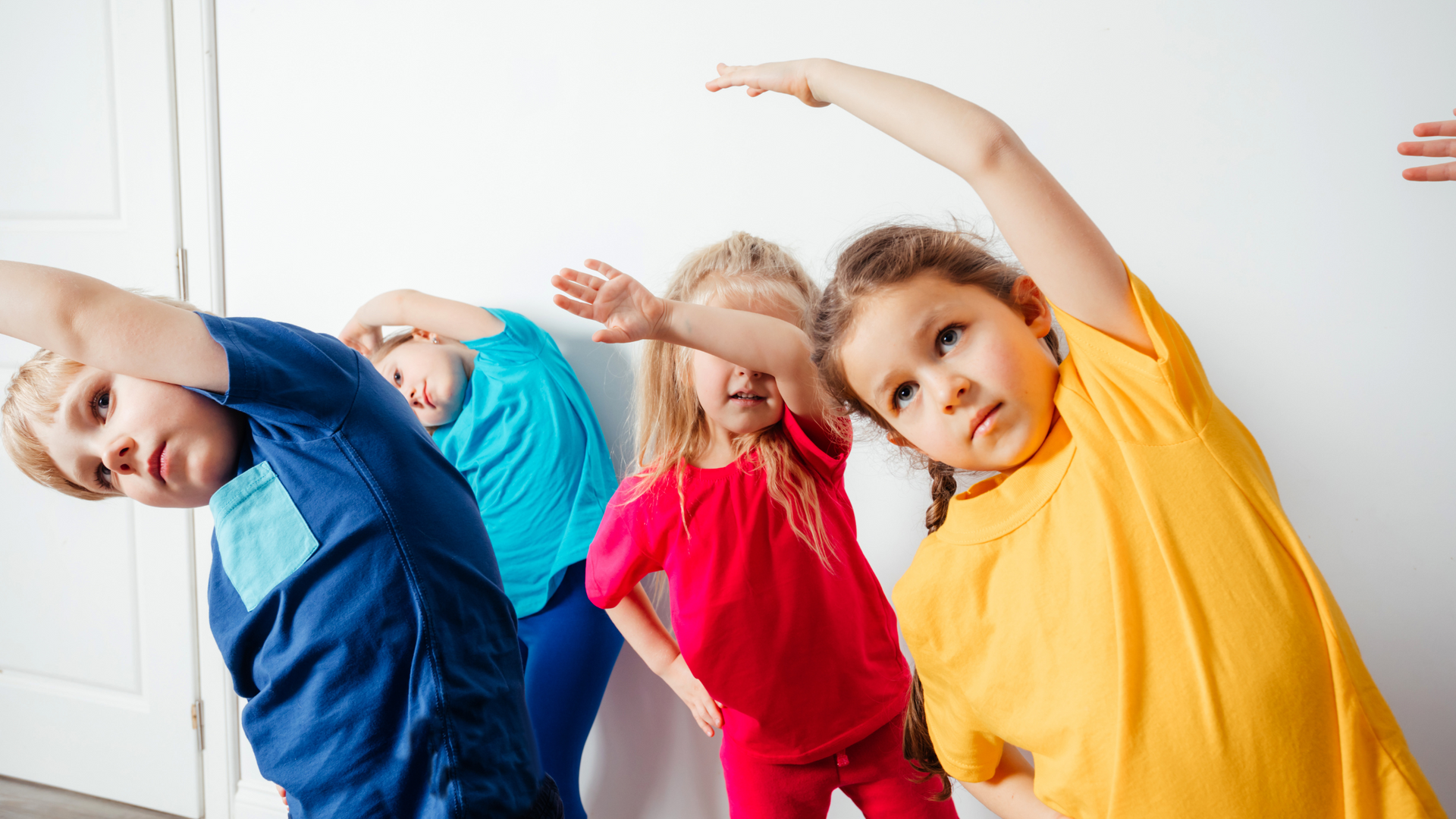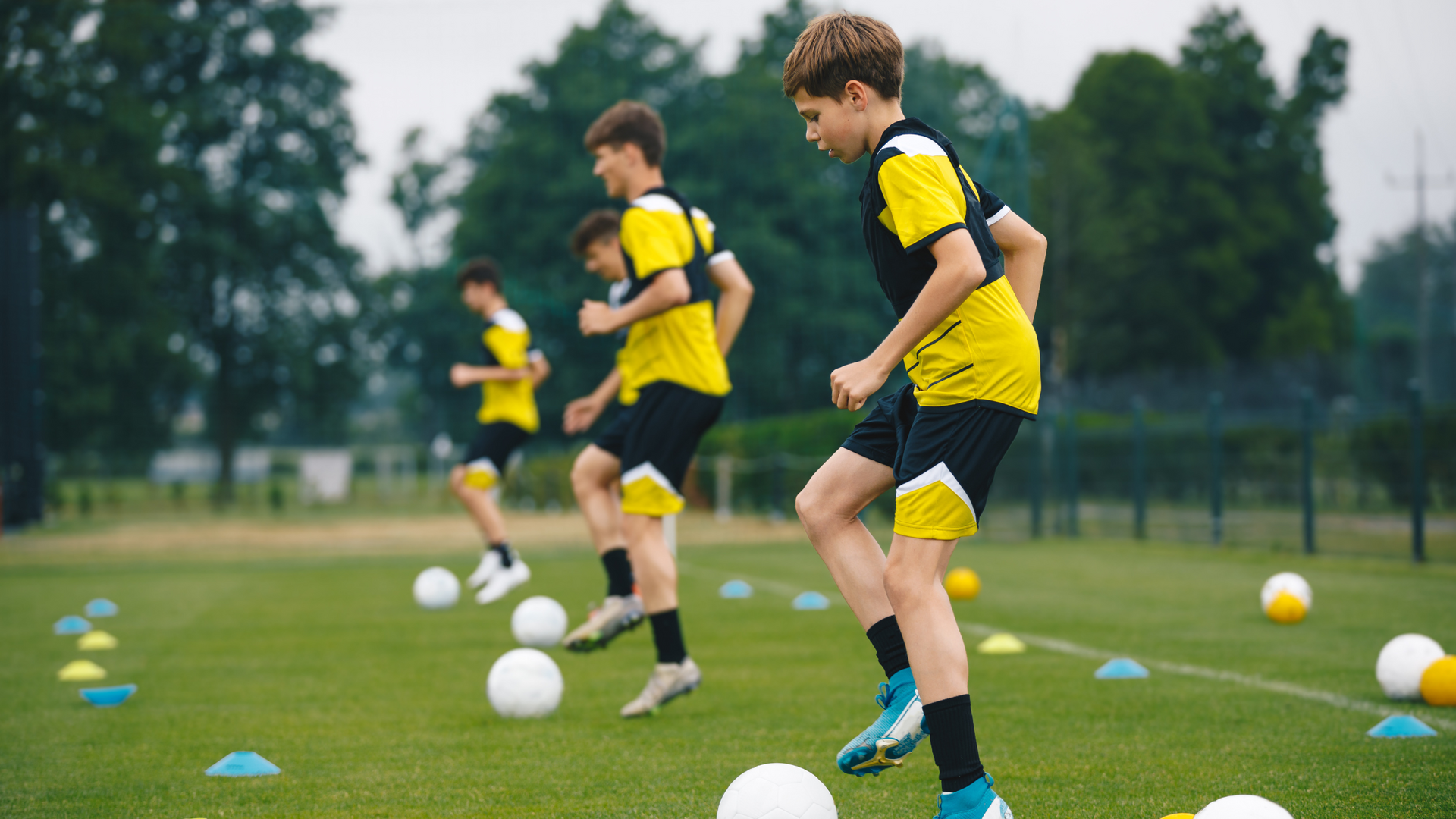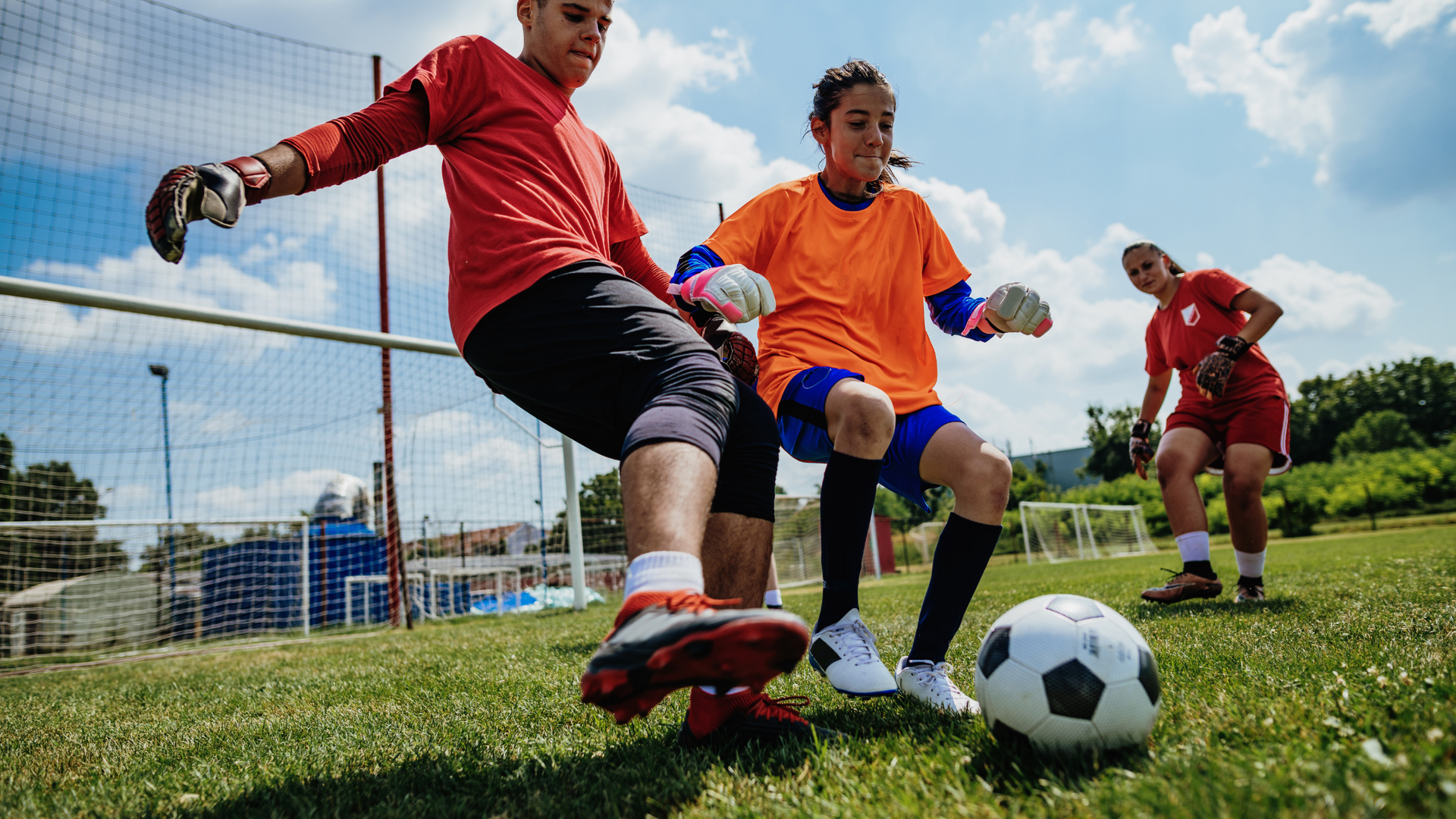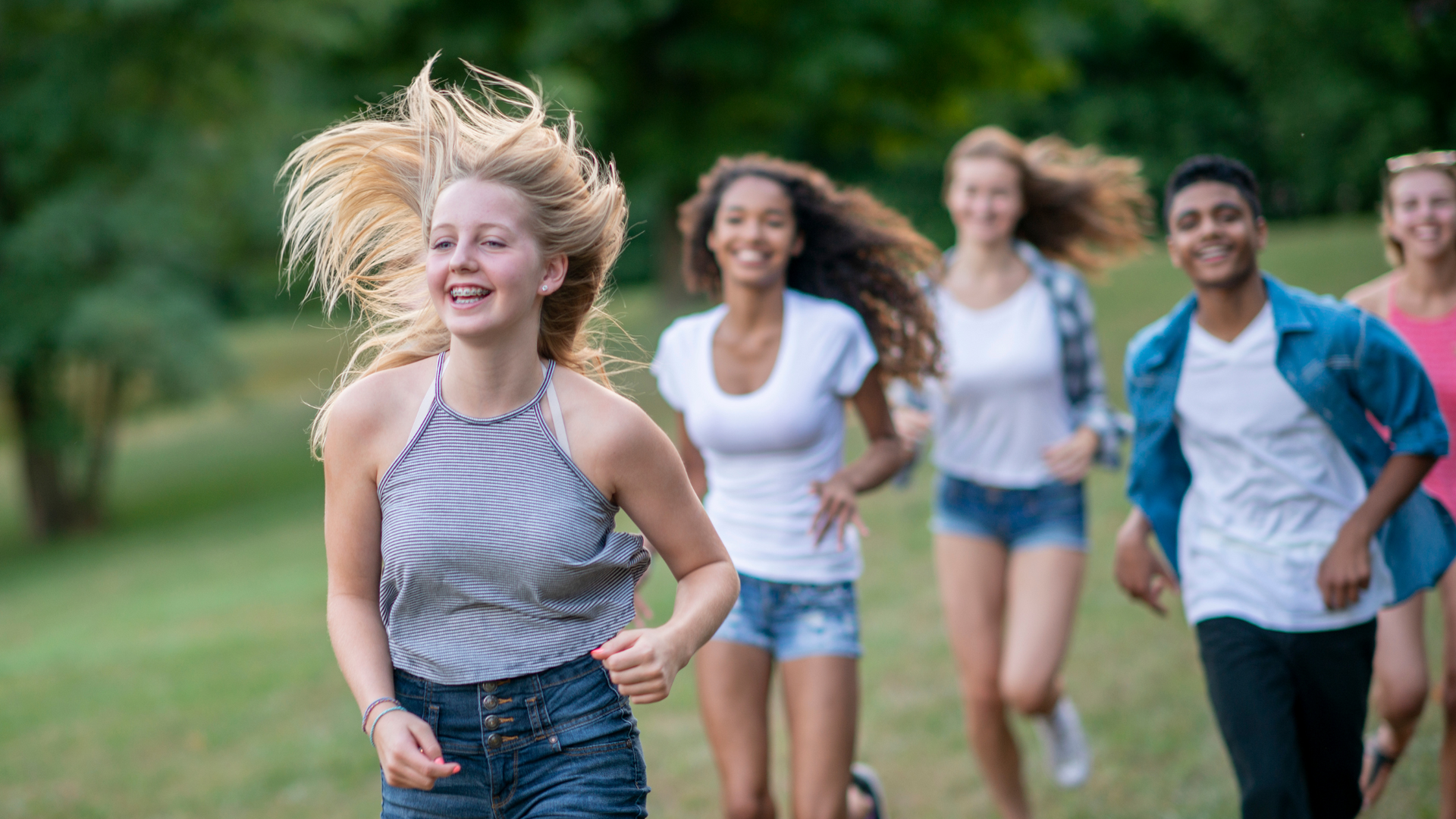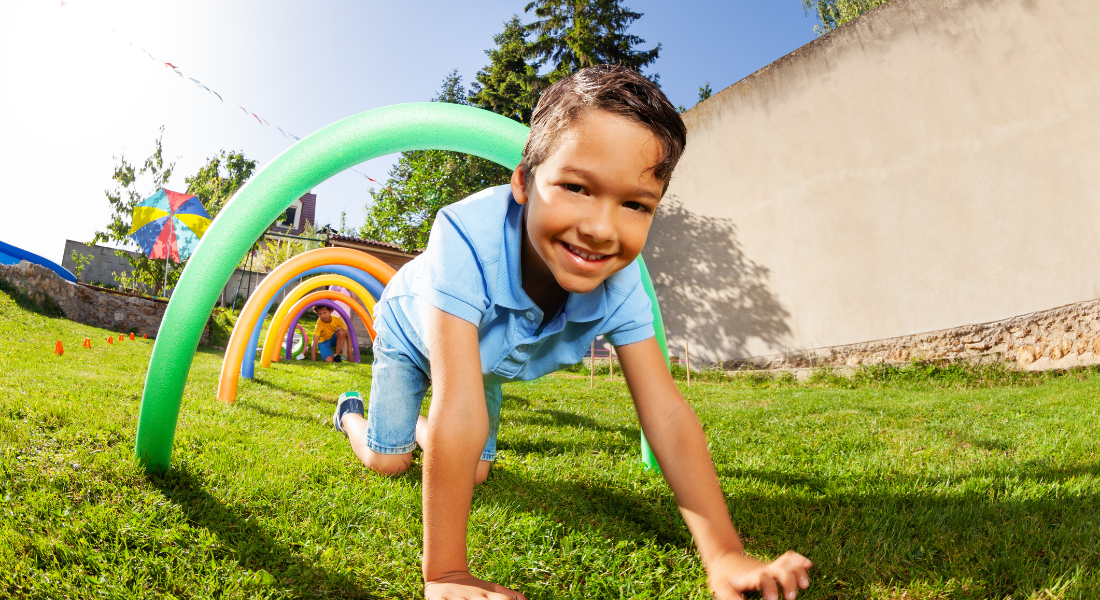The Top Benefits of CrossFit for Kids and Teens
Fitness That Transforms Young Lives
CrossFit is taking the world of fitness by storm, and kids and teens can benefit immensely from this high-intensity workout program. CrossFit combines functional movements performed at high intensity to build strength, improve conditioning, and develop key life skills.
For kids and teens looking to get fit, build confidence, and learn important lessons, CrossFit can be an excellent option. Here are some of the top benefits of CrossFit for young athletes:
Builds Strength and Fitness
CrossFit workouts incorporate exercises like squats, deadlifts, pull-ups, and more using barbells, dumbbells, gymnastics rings, rowing machines, and other equipment. This builds functional strength and fitness in kids and teens. The variety of movements also helps develop balance, coordination, and body control.
Unlike typical gym workouts that isolate muscle groups, CrossFit works the whole body as a unit. This trains kids to move well in all planes of motion and builds a solid athletic foundation. The focus is on performing the movements correctly with good form.
Improves Cardiovascular Fitness
The high-intensity nature of CrossFit keeps the heart rate elevated during workouts. Short intense bursts of exercise are mixed with brief rest periods. This interval training builds cardiovascular endurance and stamina.
Kids will learn to push to their edge while pacing themselves through varied workout blocks. With a greater aerobic capacity, they’ll have an easier time participating in sports and activities.
Promotes Weight Management
Childhood obesity is a growing problem, affecting 1 in 5 school-aged children in the U.S. according to the CDC. CrossFit provides an excellent fat-burning workout. The combination of resistance and cardio training helps manage weight by increasing calorie burn and building metabolism-boosting lean muscle mass.
CrossFit workouts torch calories and the afterburn effect keeps the metabolism fired up long after the workout ends. This makes it easier for kids to maintain a healthy body composition.
Develops Power
Power is the ability to apply maximum force in a short time frame. Olympic lifts like cleans and snatches along with plyometrics like box jumps build tremendous power. Kids and teens can gain powerful, explosive movements to enhance athletic performance.
Greater power allows them to sprint faster on the soccer field, leap higher on the basketball court, and swing harder at the plate. The powerful posterior chain muscles of the hips, glutes, and hamstrings get worked hard in CrossFit.
Improves Speed and Agility
CrossFit integrates running sprints and agility drills into workouts alongside strength training. Quick footwork and change of direction drills improve coordination and reaction time.
Climbing ropes, navigating obstacles, and gymnastics movements help kids build body awareness and control. With improved speed and agility, they’ll have an edge when playing sports.
Builds Confidence and Self-Esteem
CrossFit workouts push kids out of their comfort zone and teach them to believe in themselves. Scaling the workout appropriately lets them accomplish things they never thought possible. This builds confidence to take on new challenges.
The community environment also motivates them to work hard and cheer each other on. Kids will feel a sense of achievement as their fitness improves each week. Goal setting and tracking progress helps them see concrete results. This boosts self-esteem.
Promotes Discipline and Dedication
Consistent training instills discipline in young athletes. Kids learn to push themselves and give maximum effort each workout. They gain the dedication needed to stick with the program and see results.
CrossFit teaches them to be focused and committed. The intensity requires mental toughness and resilience. These are valuable life skills that build character. Kids learn that hard work pays off.
Fosters Teamwork and Camaraderie
CrossFit boxes have a strong sense of community. Kids work out together and motivate each other. Friendly competition during workouts helps bring out their best. But ultimately, they are focused on improving themselves rather than comparing to others.
Partner workouts teach teamwork. Kids also cheer for others which creates camaraderie. Lifting each other up and being supportive, rather than critical, is emphasized. This develops character and leadership skills.
CrossFit Safety Tips for Kids and Teens
While CrossFit can be very beneficial for kids, certain precautions should be taken to keep young athletes safe:
- Workouts should be scaled appropriately for age and ability level. Kids should use lighter weights relative to their body size. Advanced movements should be taught progressively.
- Proper form and technique is crucial. Coaches should provide hands-on guidance and supervision to ensure safety. Take time to master movements before increasing intensity.
- Kids should stay well hydrated before, during, and after CrossFit sessions. This prevents overheating and fatigue.
- A thorough warm-up helps prepare the body and reduce injury risk. Dynamic stretching and light cardio builds readiness before intense exercise.
- Let kids listen to their bodies and rest when needed. Take breaks between sets or modify workouts if excessively fatigued.
- Equipment should be sized for kids, such as using shorter PVC pipes for overhead squats or smaller medicine balls for throws.
- Wrist wraps help support developing joints and reduce strain during gymnastics movements like handstand push-ups.
- CrossFit workouts should be part of an overall program that includes rest and recovery days. This allows the body to adapt positively to training.
With qualified coaching, age-appropriate scaling, and proper progressions, CrossFit can help kids reach their athletic potential in a safe, rewarding environment.
Getting Started with CrossFit for Kids and Teens
Ready to have your child try CrossFit? Here are some tips for getting started:
- Take a tour of boxes in your area and assess the vibe. Look for a positive culture with experienced coaches. Try out a class to see if it’s a good fit.
- Ask about the gym’s kids program. Some have designated class times for different age groups with tailored instruction. Make sure coaches have experience working with youth.
- Attend an introductory On-Ramp or Elements course. This teaches proper form on foundational movements like squats, presses, and deadlifts.
- Start with 1 or 2 beginner classes per week. Focus on skill development before increasing frequency. Allow time for rest and recovery between sessions.
- Set realistic expectations around fitness level and progress. Kids won’t lift as much weight or complete workouts as fast as adults. Celebrate small wins.
- Monitor energy levels, appetite, sleep quality and mood outside the gym. CrossFit should complement other aspects of health.
- Encourage a positive mindset. Kids will get frustrated at times. Emphasize giving their full effort rather than comparing to others.
- Promote proper recovery habits - fueling with nutritious food, staying hydrated, and getting enough sleep. This supports the training.
With a gradual build-up and positive reinforcement, your child can have an excellent experience with CrossFit that instills lifelong fitness habits.
Fun CrossFit Workouts for Kids to Try
Here are some kid-friendly CrossFit workouts to try:
Tabata Planks
20 seconds in plank position, 10 seconds rest. Repeat for 8 rounds. Builds core strength. Can make easier by doing plank from knees.
Ladder Dumbbell Workout
Start with 5 goblet squats, 5 dumbbell push presses, and 5 dumbbell rows. Do 6 reps of each, then 7, up to 10. Go back down ladder in reverse.
Benchmark Workout - Cindy
As many rounds as possible (AMRAP) in 20 minutes: 5 pull-ups 10 push-ups 15 bodyweight squats
Pyramid Push-Ups
1 push-up, 2 push-ups, 3 push-ups up to 10. Then back down 10, 9, 8 etc. Do a couple of rounds. Can elevate hands on box to modify.
KB Swing Workout
5 kettlebell swings 5 reverse lunges per leg 5 sit-ups 4 rounds for time
Run 400m, 10 burpees, 7 box jumps. Repeat 3 to 5 times depending on fitness level.
Partner Workout - Pass and Hold
Pass a medicine ball back and forth with partner while holding a squat for 30 seconds. Switch exercises after each round - planks, push-ups, lunges, etc.
Include a variety of options on gymnastic rings, rope climbs, rowing, and running to keep CrossFit workouts fun and engaging. Set time caps and take breaks as needed while building up endurance over time. The community environment also makes working out together as a family rewarding. So consider CrossFit for your kids - it can instill fitness for life!
Contact GantryKids For CrossFit Programs Tailored to Kids and Teens
At GantryKids, we help kids and teens build strength, confidence and character through functional fitness. Our CrossFit program is designed just for youth and led by experienced, qualified coaches. We focus on proper movement patterns, technique progressions and age-appropriate training to keep young athletes safe. Dynamic classes build community and our programming promotes personal growth. Kids have fun getting fit while learning skills that will benefit them in and out of the gym. Contact GantryKids today to learn more about our youth CrossFit program and get your child started on the path to fitness.
If you're looking for fun activities and exercise programs for your kids and teens reach out to us at Gantry Kids & Teens in New York. We're looking forward to working with you and your kids. Whether a novice or elite athlete, we got you covered with classes, after school, camps, the occasional Saturday night, private training or even celebrating a special event. We’re Building Tomorrow’s Leaders Today! Contact us today.
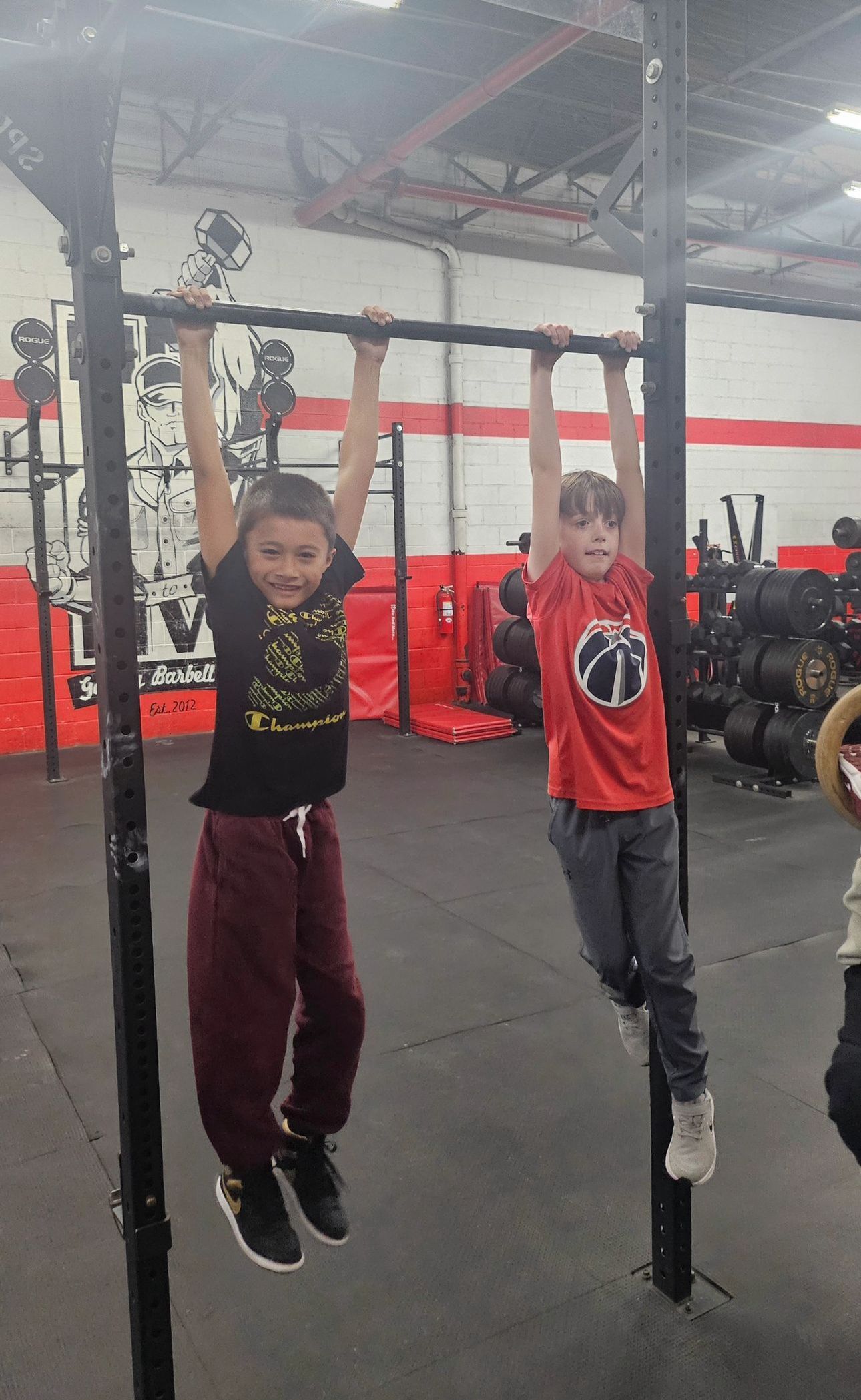
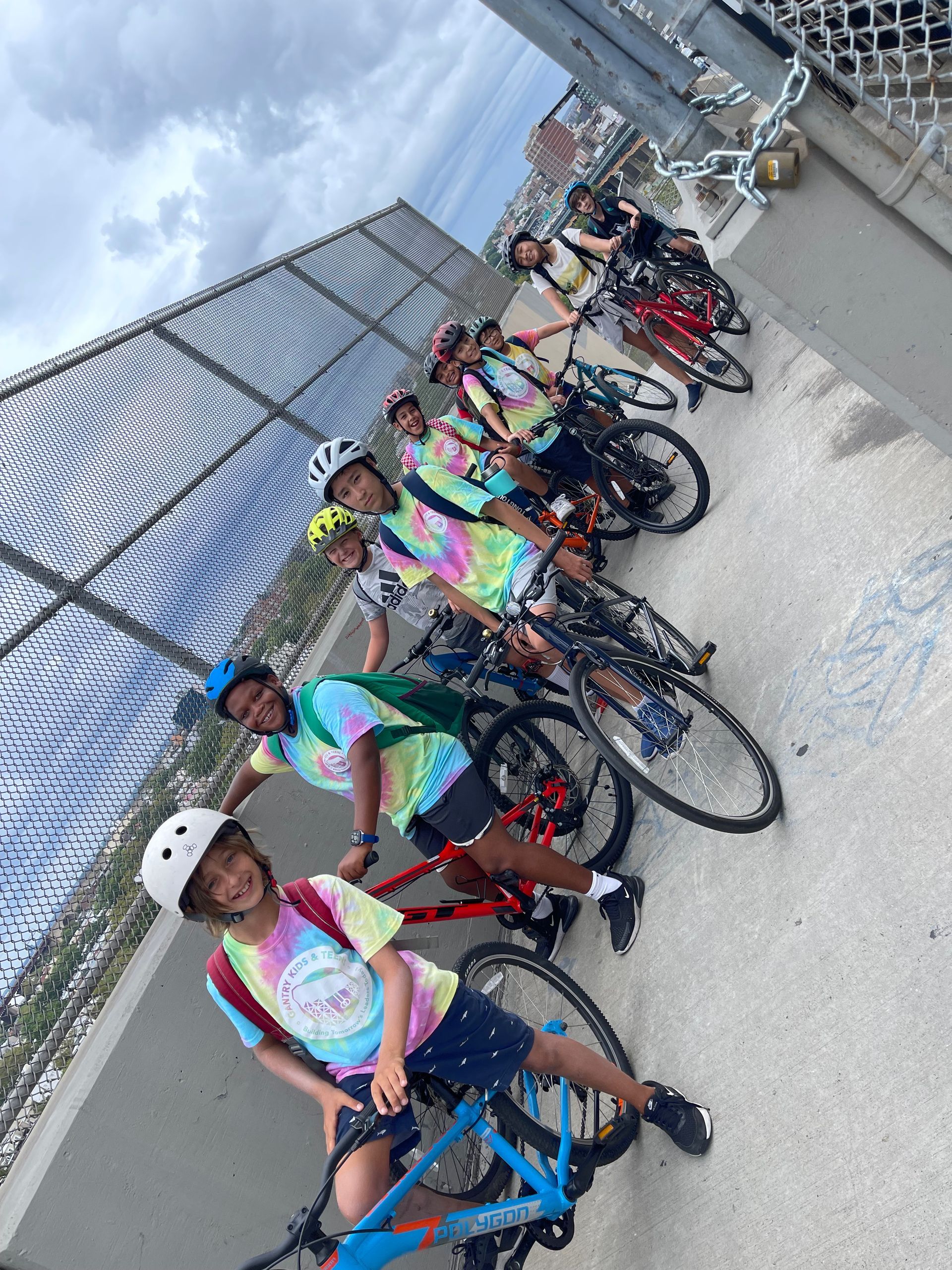

46th Road, Long Island City, NY, 11101
917.426.4650
info@gantrykids.com
